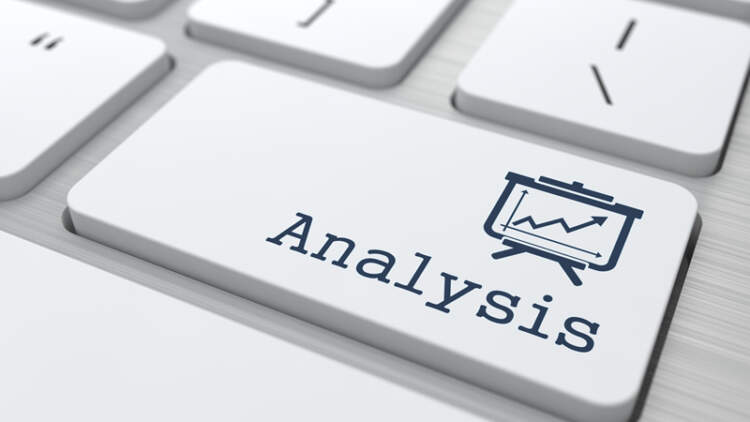
The Ins and Outs of Economic Impact Analysis
An Economic Impact Analysis (EIA) studies the effect of an event on the economy in a specified area, running the gamut from a solitary neighborhood to the whole world. Usually, the analysis measures changes in business profits, revenue, personal wages and/or jobs, with an analyzed “economic event” including implementation of a new project or policy, or the existence of an organization or business. Here’s the vital thing about an EIA: It is generally conducted when public concern regarding potential impacts of a proposed policy or project rears its head.
Typically, an EIA estimates or measures the change in economic activity between two scenarios – one which assumes the economic event occurs, and one which assumes it does not occur (known as the counterfactual case); this can be accomplished either before or after the event (i.e. “ex ante” or “ex post”).
This important analysis tool for decision-making, providing a measure of strategic goal achievement that complements the analysis of efficiency (benefit-cost analysis) and financial feasibility, is useful to show impacts on jobs, income, operating costs, productivity and competitiveness – and their distribution tendencies among industries, regions and over time.
EIA results may be indicators of strategic economic development outcomes or secondary impacts – but, either way, a hallmark of a great EIA service is the ability to communicate findings in straightforward ways that matter to stakeholders and decision-makers.
Methodology
Generally speaking, Economic Impact Analyses employ one of two strategies for determining impacts; the first is an input-output model (I/O model) for analyzing the regional economy, and the second uses economic simulation models that are more complex with regard to econometric and general equilibrium variants. Input-output models count on inter-industry data to determine how other sectors are impacted by effects in one industry, and also estimate the share of each industry’s purchases that local firms supply (as opposed to those outside the study area). Multipliers, based on this data, are calculated and utilized to estimate economic impacts.
Economic simulation models account for everything done by the I/O model in addition to forecasting the impacts caused by future demographic and economic changes, with one such example being the REMI Model.
Common Applications and the Bottom Line
Economic Impact Analyses are frequently used in transportation planning, with common tools for such an application being the Transportation Economic Development Impact System (TREDIS) and TranSight. Further, several transportation agencies such as the Transportation Research Board and U.S. Department of Transportation publish guidelines, techniques and standards for utilizing Economic Impact Analyses as part of transportation planning projects.
These analyses are also often used to study the consequences of economic development efforts and projects such as business openings and closures, real estate development and site selection projects, and can even assist with boosting community support for these projects in addition to helping obtain tax incentives and grants.
Here’s the bottom line: An EIA is commonly developed in conjunction with regulatory changes or proposed legislation in order to fully grasp the impact of government action on the economy, and this can prove very useful with regard to community outreach efforts, media relations and lobbying.


